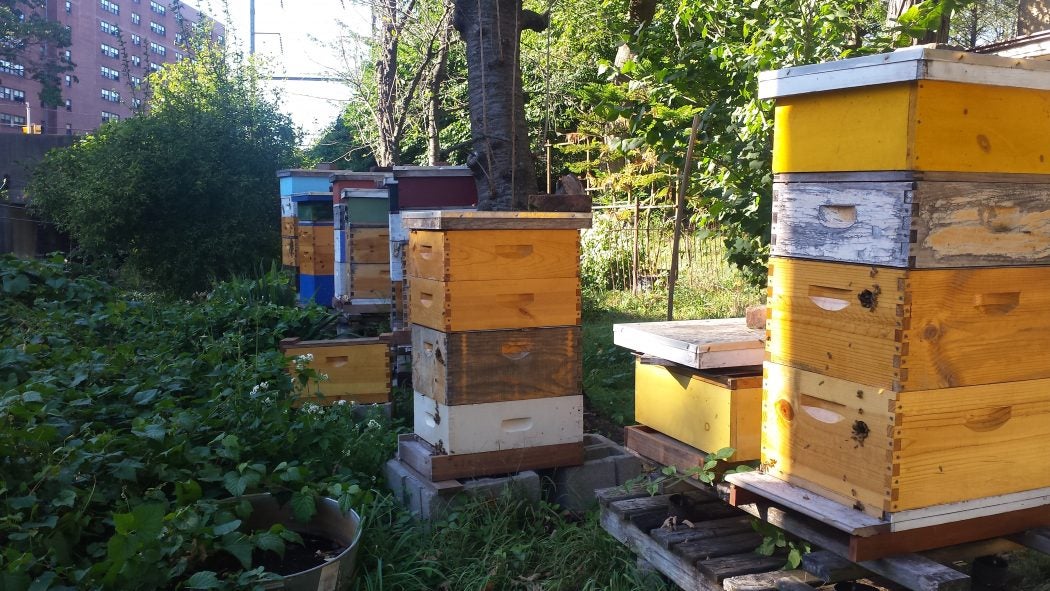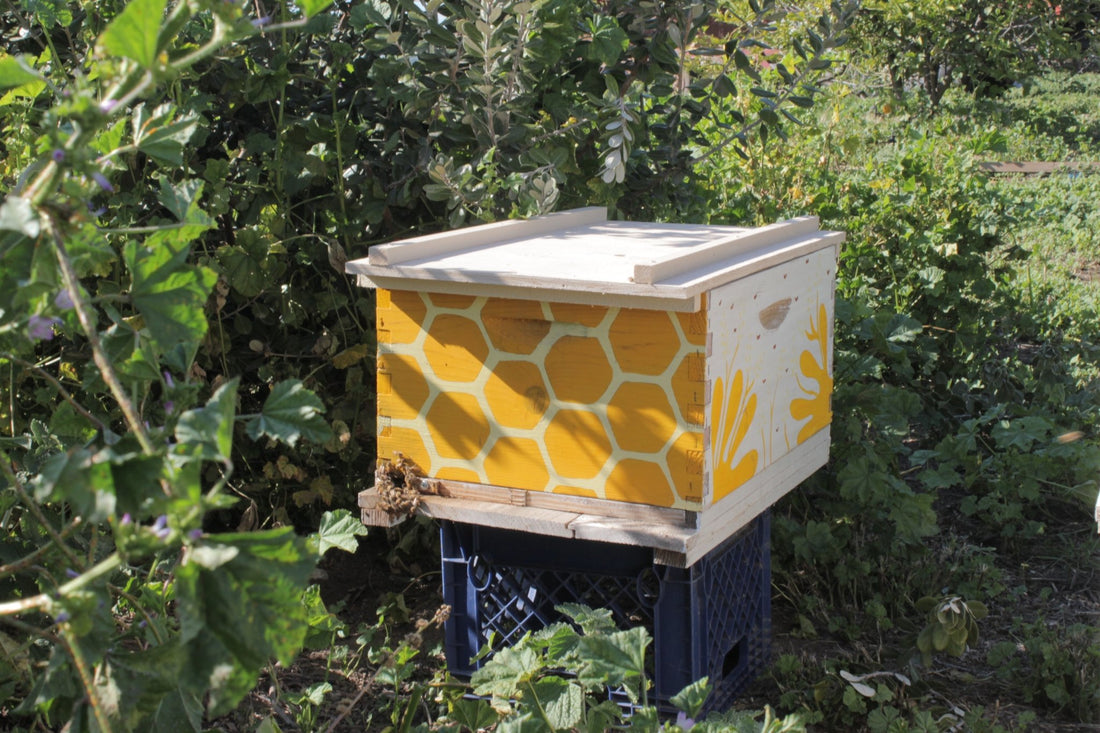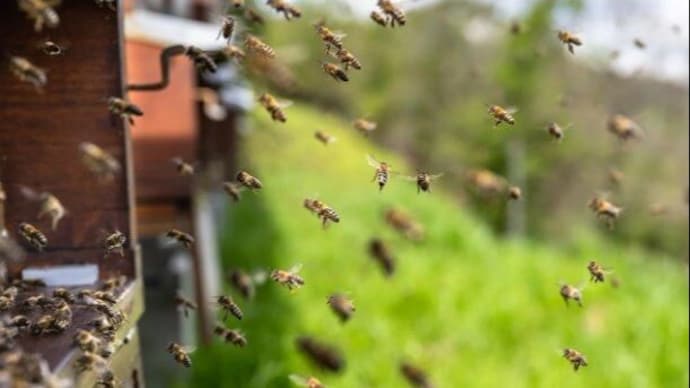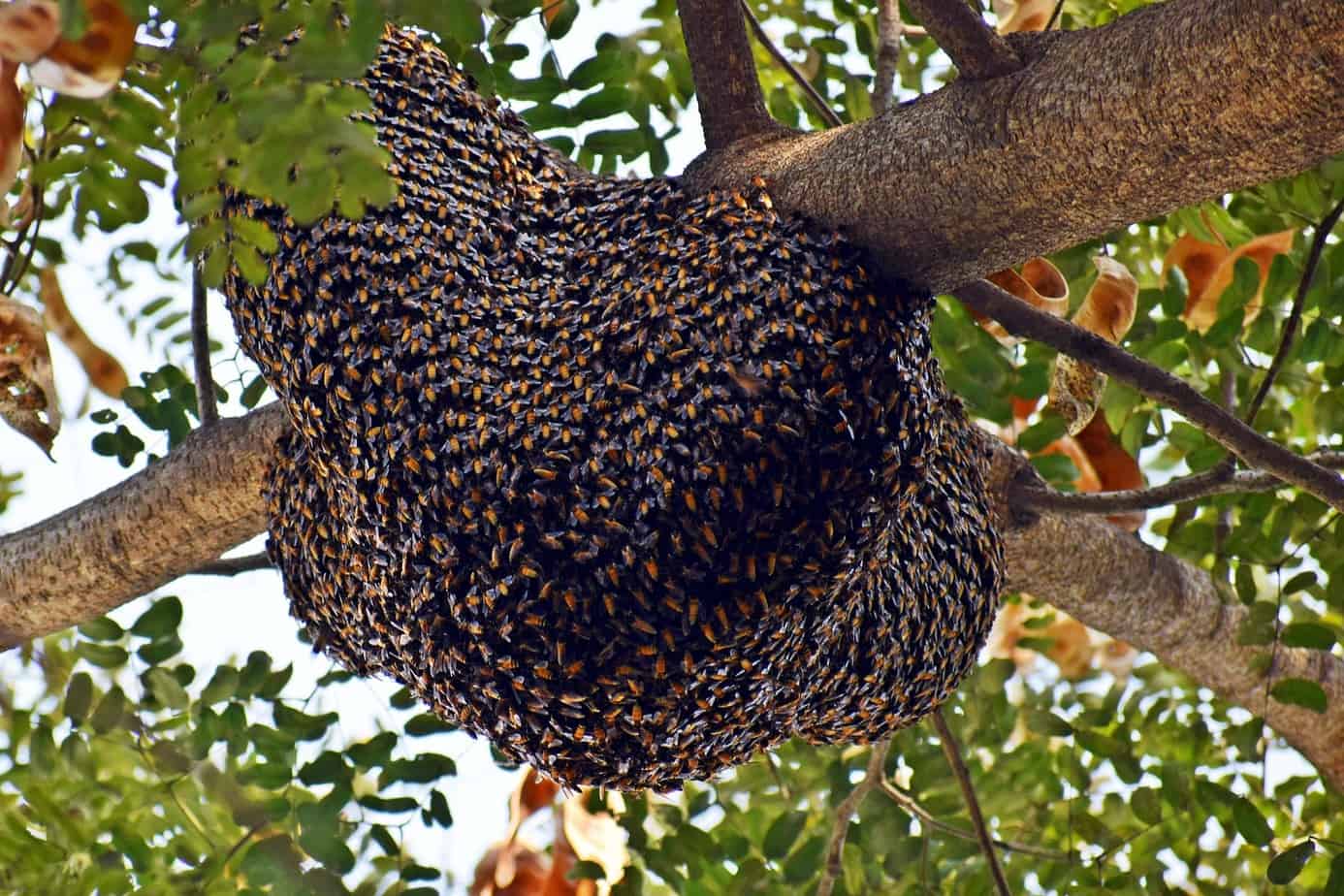The Art of Urban Beekeeping: Cultivating Honeybees in the City
Have you ever strolled through a bustling city street and wondered what might be buzzing above the rooftops? While the hum of urban life is ever-present, a quieter, yet equally fascinating activity is gaining momentum among city dwellers: urban beekeeping. Yes, you read that right—keeping honeybees right in the heart of the city. This intriguing practice not only brings the sweetness of honey to cityscapes but also plays a crucial role in promoting biodiversity and sustainability. So, let’s dive into the world of urban beekeeping and uncover how this art form is transforming city life.
What is Urban Beekeeping?
Urban beekeeping refers to keeping honeybees in metropolitan areas, often on rooftops, community gardens, or backyards. This form of beekeeping harnesses the unique potential of urban environments, where green spaces, parks, and flower gardens provide ample foraging opportunities for bees.
The art of urban beekeeping combines traditional beekeeping techniques with innovative approaches suited for city living. It involves managing bee colonies, ensuring their health and productivity, and maintaining hives in an urban setting. The goals are as diverse as the city itself: from producing local honey and beeswax to enhancing urban green spaces and fostering a connection between people and nature.
Why Urban Beekeeping Matters
In a world where urbanization continues to spread, urban beekeeping offers a breath of fresh air—literally. Here’s why it’s so important:
1. Pollination Power:
Honeybees are vital pollinators, contributing to the health of plants and crops. Urban beekeeping helps maintain and boost pollination in city landscapes, which can improve local food production and support green spaces.
2. Biodiversity Boost:
By introducing bees to urban areas, beekeepers help increase biodiversity. Bees pollinate a wide range of plants, supporting ecosystems and encouraging a variety of flora and fauna to thrive in the city.
3. Educational Opportunities:
Urban beekeeping serves as a bridge between people and nature. It offers educational experiences about the life of bees, the importance of pollinators, and sustainable practices. Many urban beekeepers host workshops and open hives, fostering community engagement and awareness.
4. Local Honey:
There’s nothing like the taste of honey made from flowers that grow right in your neighbourhood. Urban honey is a unique product, often featuring distinct flavours from the diverse range of plants found in the city.
5. Environmental Impact:
Beekeeping reduces the carbon footprint associated with transporting honey and other bee products. Plus, it aligns with eco-friendly practices, making it a sustainable choice for city dwellers looking to make a difference.
Getting Started with Urban Beekeeping
Starting your urban beekeeping adventure requires a blend of preparation, passion, and a dash of patience. Here’s a step-by-step guide to help you get buzzing:
1. Research and Education:
Begin by learning the basics of beekeeping. There are numerous resources available, from books and online courses to local beekeeping associations. Understanding bee behaviour, hive management, and local regulations is crucial.
2. Check Local Regulations:
Different cities have varying regulations regarding urban beekeeping. Check with local authorities or your city’s beekeeping association to ensure you comply with zoning laws and any other requirements.
3. Select a Hive Location:
Choose a suitable location for your hive. Rooftops, backyards, and community gardens can all be ideal spots. Ensure that the location provides adequate sunlight, protection from strong winds, and access to water.
4. Choose the Right Hive:
The most common type of hive for urban beekeeping is the Langstroth hive, known for its modular design. Other options include top-bar hives and flow hives. Each type has its advantages, so select one that fits your space and management style.
5. Acquire Bees:
Purchase bees from reputable suppliers. You can start with a nucleus colony (nuc) or a package of bees. Beekeeping associations often have resources for sourcing bees and can offer advice on the best options for beginners.
6. Hive Management:
Regularly inspect your hive to monitor bee health, manage honey production, and prevent diseases. Learn how to handle bees calmly and efficiently. Keeping a journal of your observations can be incredibly helpful.
7. Harvesting Honey:
When it’s time to harvest honey, use proper techniques to avoid disturbing the bees. Harvesting usually occurs in late summer or early fall, depending on your location and the hive’s productivity.
8. Join a Community:
Connect with other urban beekeepers through local clubs or online forums. Sharing experiences and tips can enhance your beekeeping skills and provide valuable support.
Challenges and Solutions
Urban beekeeping comes with its own set of challenges, but with the right approach, they can be effectively managed:
1. Space Constraints:
Limited space can be a challenge, but creative solutions like vertical gardens or compact hive designs can work well in small areas.
2. Pesticides and Pollution:
Urban environments may have higher levels of pollutants and pesticides. Choose plants that are less likely to be treated with chemicals and ensure your hive is well-ventilated.
3. Swarming:
Bees sometimes swarm when their hive becomes overcrowded. Regular inspections and proper hive management can help prevent swarming.
4. Neighborhood Concerns:
Some neighbours may be wary of bees. Communicate with your community, educate them about the benefits of beekeeping, and ensure your hive is well-maintained and unobtrusive.
Success Stories: Urban Beekeepers in Action
Let’s take a moment to highlight some inspiring urban beekeeping success stories:
New York City:
In the heart of NYC, urban beekeepers have set up hives on rooftops, turning concrete jungles into buzzing havens for honeybees. The NYC Beekeepers Association is a great resource, offering support and fostering a sense of community among local beekeepers.
Paris:
The City of Lights is home to several urban beekeeping initiatives. Beekeepers have placed hives on iconic landmarks, such as the Palais Garnier and the Eiffel Tower, blending tradition with urban elegance and producing unique honey that reflects Parisian floral diversity.
London:
London’s urban beekeepers have transformed rooftops into bee-friendly spaces, with hives found on famous buildings like the Barbican Centre and Selfridges. The city’s commitment to sustainability is evident in its thriving urban beekeeping community.
Conclusion: The Buzz About Urban Beekeeping
Urban beekeeping is more than just a trend—it’s a movement that enriches city life and fosters a deeper connection with nature. By cultivating honeybees in the city, urban dwellers are contributing to a greener, more sustainable future, while enjoying the sweet rewards of their efforts.
As you consider embarking on your own urban beekeeping journey, remember that it’s not just about managing bees and harvesting honey; it’s about creating a thriving ecosystem in the midst of urbanity. The buzz you’ll create will resonate far beyond the confines of your hive, inspiring others to explore the wonders of beekeeping and embrace the beauty of urban nature. So, whether you’re a seasoned beekeeper or a curious city dweller, the world of urban beekeeping awaits. Dive in, get your hands (and bees) busy, and experience the sweet satisfaction of contributing to a greener, more vibrant cityscape. Your urban hive might just be the start of a new and exciting chapter in the story of city living.







Comments
Post a Comment